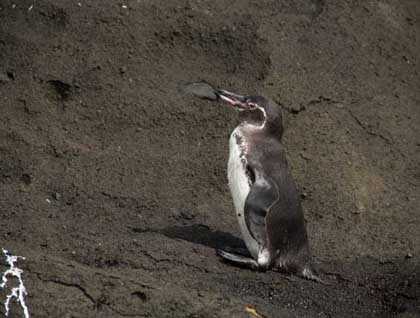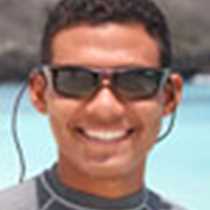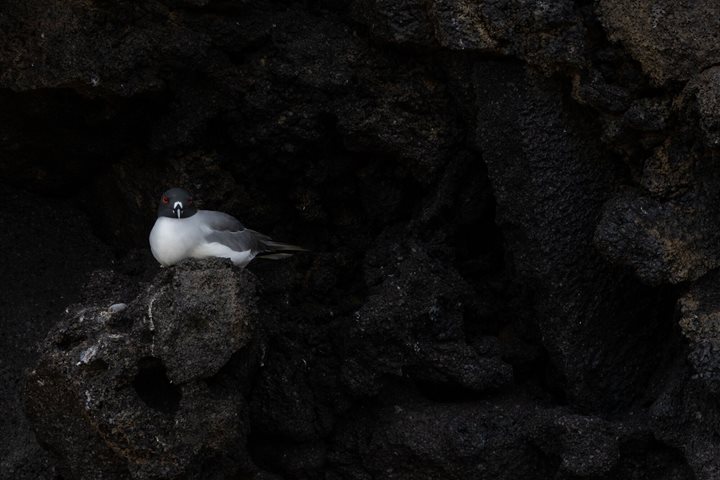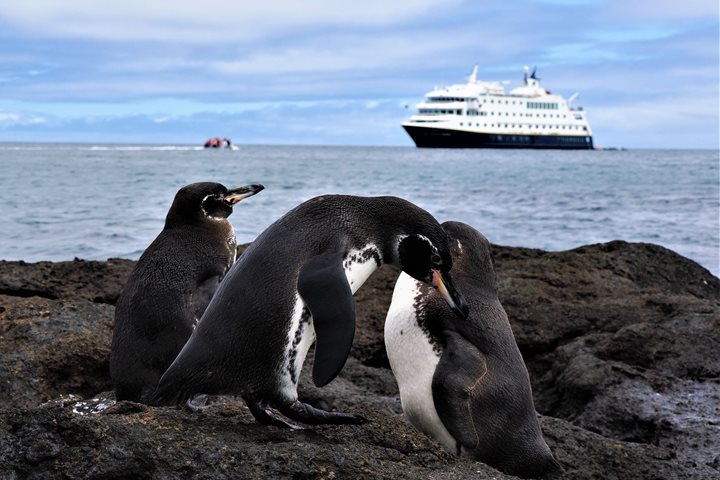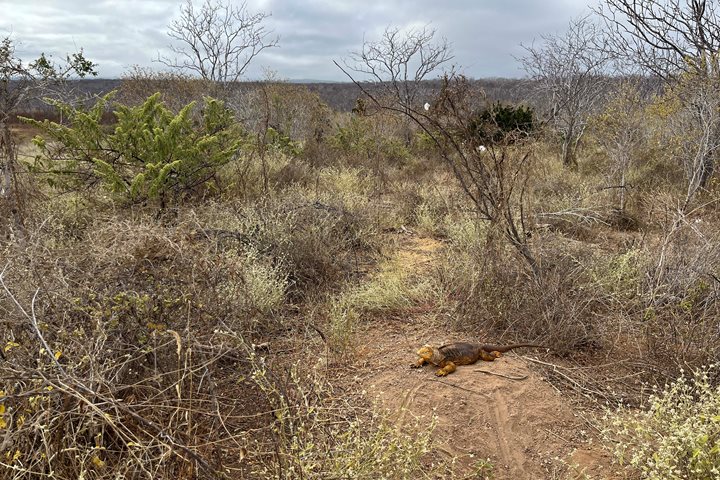We continue our expedition through the Galapagos Islands, and today we spent on the western island of Isabela, which is also is the biggest of them all.
This morning we dropped the anchor in a remarkable location called Urbina Bay. An uplift happened here in the 1960s due to the activity of Alcedo Volcano, when the ocean floor rose up out of the water, changing the view of the coast forever. We went on a hike to explore this visitor site and to search for local wildlife. Some of our guests went for a long, fast-paced hike, along a trail that is dotted with hundreds of coral pieces, as well as some large brain coral heads, which remind us that this terrain used to be between the sea. We were surprised to find some land iguanas basking in the middle of the trail, as well as several giant tortoises. These animal populations were decimated over the past centuries, and they are still recovering, so we are delighted to have the unique opportunity to see these creatures flourishing in their natural environment..
After our groups returned from the morning hikes, we enjoyed some quality time on the beach, where our guests had the opportunity to relax or go swimming. Once we returned to the National Geographic Endeavour, we navigated to a very special place, favored by old whalers and other navigators, known as Tagus Cove.
This place is in the area that we call Bolivar Channel. The walls of the bay are covered with graffiti, painted or carved by navigators who have passed through over the years. As the bay is relatively calm, we had the opportunity to explore the bay in kayaks, encountering some sea turtles, penguins and cormorants. Later we also had a chance to go snorkeling for the very last time on our voyage, and several penguins and cormorants joined us for our excursion. It was a very successful afternoon, and we ended the day with a hike to the top of the Cove to enjoy the landscape of Darwin’s lake.

